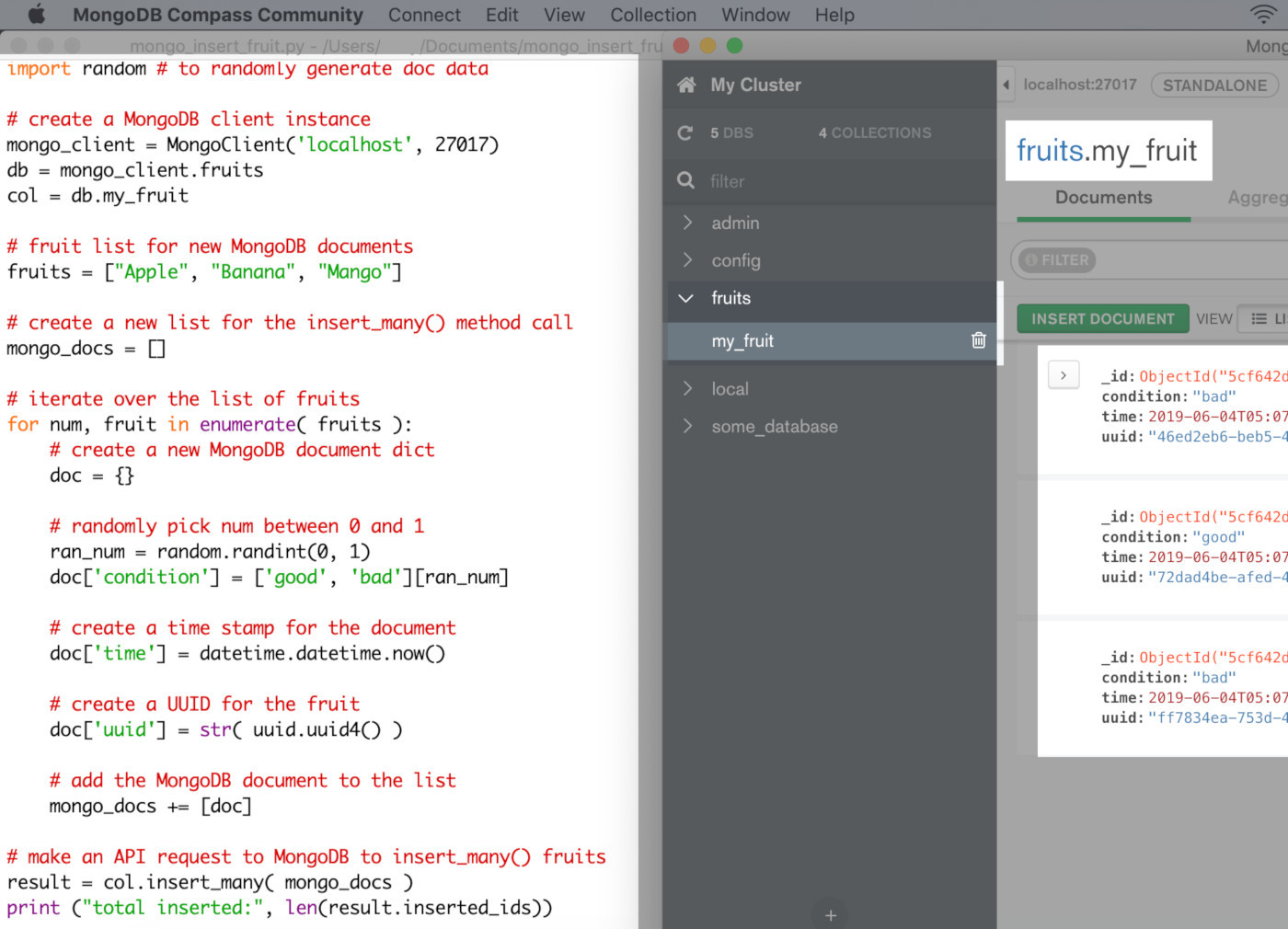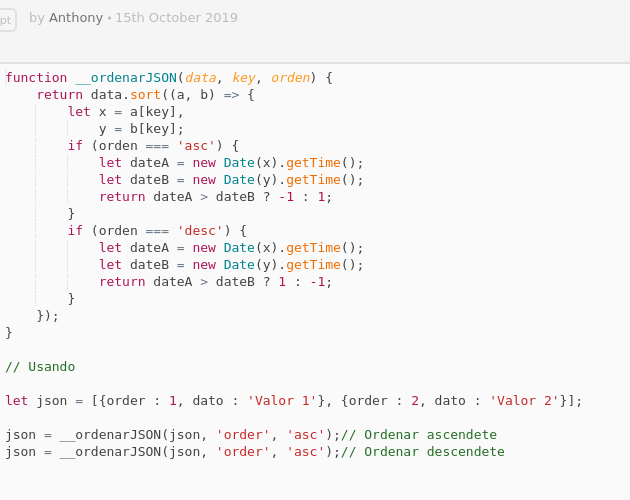

There are many different solutions to working with JSON in Python, and I've shown you just a few examples in this post. Save the following JSON data as a new file and name it unitedstates. To get the file object from a file path, Python’s open () function can be used. But once these data structures reach a certain level of complexity you really should consider a Python module that implements JSONPath (analogous to xPath for XML). The load () method takes up a file object and returns the JSON data parsed into a Python object. Reading JSON data from a file is quite an easy task in python as python script. There are many tools that utilize json, and when it is relatively simple you can use standard modules or even custom coding to pull out the desired portions. It turns the JSON output into a Response object with the application/json mimetype. Python provides json.load() method to read a file containing the JSON object. This function wraps dumps() to add a few enhancements that make life easier.



MongoDB uses BSON to offer powerful indexing and querying features on top of the webs most. Multiple arguments: Converted to an array before being passed to dumps(). Most notably, JSON lacks support for dates and binary data.If you need to parse JSON on the command-line, try our article on a tool called jq Get a refresher on opening, writing, and reading files with Python. Single argument: Passed straight through to dumps(). JMESPath in Python allows you to obtain the data you need from a JSON document or dictionary easily.Per the Flask docs, the jsonify function takes data in the form of: Run the file with python app.py, and then visit in your browser to see the JSON data. In this example the data we're returning is just hard coded, but you can replace this with data from any other source. In this function, we are pretending to respond with the Astronomy Picture of the Day. In this code, we have a route named /apod, and anytime a GET request is sent to that route, the apod() function is called. "title": "Orionids Meteors over Inner Mongolia", Follow APOD on: Facebook, Instagram, Reddit, or Twitter", Next month, the Leonids Meteor Shower from Comet Tempel-Tuttle should also result in some bright meteor streaks. It is easy to serialize a Python data structure as JSON, we just need to call the json.dumps method, but if our data stucture contains a datetime object well get an exception. An Orionids image featured on APOD one year ago today from the same location shows the same car. from extract import jsonextract Find every instance of name in a Python. Comet Halley is actually responsible for two known meteor showers, the other known as the Eta Aquarids and visible every May. The JSON response for a request this straightforward is quite simple. The featured image shows multiple meteor streaks that can all be connected to a single small region on the sky called the radiant, here visible just above and to the left of the belt of Orion, The Orionids meteors started as sand sized bits expelled from Comet Halley during one of its trips to the inner Solar System. Pictured here, over two dozen meteors were caught in successively added exposures last October over Wulan Hada volcano in Inner Mongolia, China. This was expected, as October is the time of year for the Orionids Meteor Shower. So, suppose we have to store actions made by a user and, for each action, we want to store a timestamp."explanation": "Meteors have been shooting out from the constellation of Orion. At the top of your file, you will need to import the json module. Easy to visualise, not as easy for querying. Python has a built in module that allows you to work with JSON data. Moreover, the structure of each record was a nested JSON ( second mistake) that is not the best one when it comes to query documents. We had a MongoDB collection with timestamps stored as a String. In order to query a json with JSONPath, well first need a json file. My case was pretty simple, yet it took me hours to sort it out. For example, doc person age will get you the nested value for age in a document. If you ever worked with JSON before, you probably know that it’s easy to get a nested value. I learned that the way a timestamp is stored makes the difference and could allow you to run the right query or gives you one of those days. It allows you to easily obtain the data you need from a JSON document. If Computer Science were just ordering records by day or querying DBs for records created between ranges of days, I would call myself out of the game. I think one of the most tedious things in Computer Science is dealing with datetime and timezone.


 0 kommentar(er)
0 kommentar(er)
